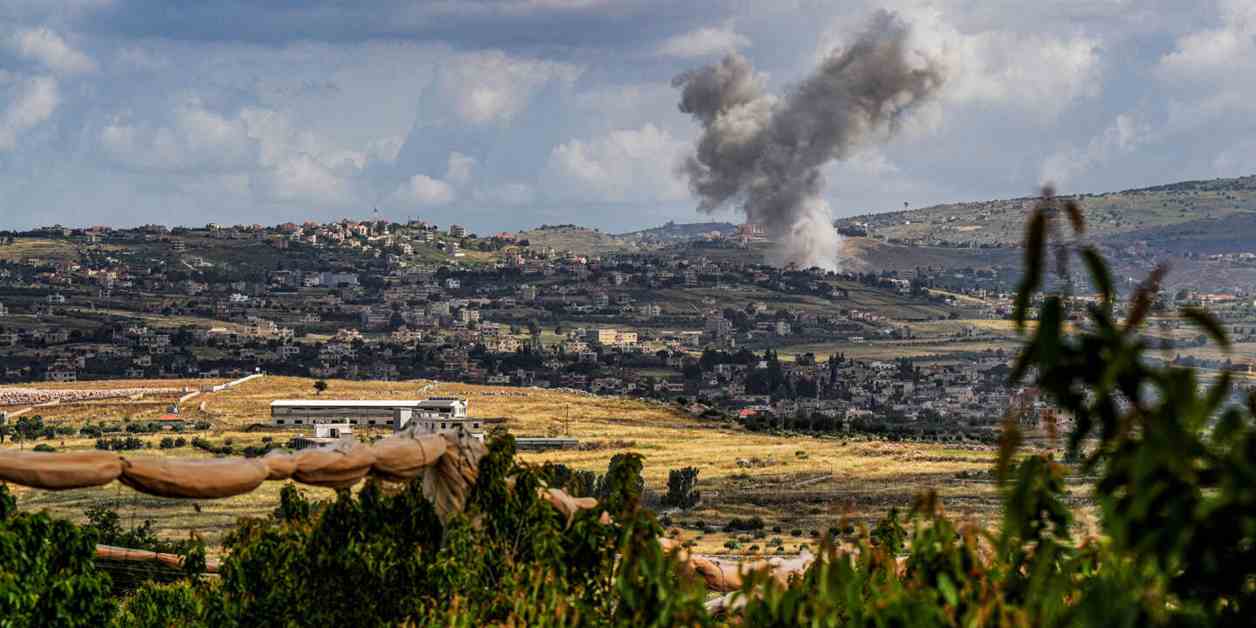A la frontière entre le Liban et Israël, la montée des périls
In recent weeks, tensions have been escalating at the border between Lebanon and Israel, with the Hezbollah group increasing the frequency and intensity of its attacks on northern Israel. The Israeli government, on the other hand, has been issuing warnings of a potential military operation. The question now arises: is the threat of an Israeli military operation against Hezbollah becoming a reality?
On the Hezbollah side, there has been a noticeable uptick in aggression, marked by an increase in rocket attacks towards Israeli territory. The recent fires caused by rocket strikes that burned 1,000 hectares near Kiryat Shmona, a major city in northeastern Israel close to the Lebanese border, have raised alarms, along with a rise in the number of attacks coming from Lebanon.
Meanwhile, the Israeli response has been more verbal but no less menacing. Daily visits by political, military, and administrative officials to the border region have only served to escalate tensions further. Israeli Prime Minister Benjamin Netanyahu stated in Kiryat Shmona on June 5th, “We are prepared for a very intense action in the North [to confront Hezbollah]. One way or another, we will restore security.” This statement indicates a significant military presence in the region and suggests that a decision between a negotiated solution with Hezbollah or a military operation in Lebanon may be imminent.
Since May, Hezbollah has significantly stepped up its attacks on northern Israel, carrying out 325 attacks this month alone, the highest level since October 2023. The group has begun using more precise and sophisticated means of attack, including armed drones and short-range Burkan missiles to target military bases and anti-aircraft systems up to 50 kilometers inside Israeli territory. The accuracy of these strikes has also improved, adding to the tension in the region.
In response to Israeli provocations, Hezbollah has also been using surface-to-air missiles to shoot down Israeli drones in Lebanese airspace. Additionally, for the first time on the evening of June 6th, they employed air defense missiles against Israeli aircraft. This display of conventional deterrence is intended to counter Israeli verbal escalations and the underlying threat of a military operation.
The situation at the Lebanon-Israel border remains precarious, with both sides seemingly on the brink of a potential conflict. As the world watches these developments unfold, the question of peace versus war looms large over the region.




